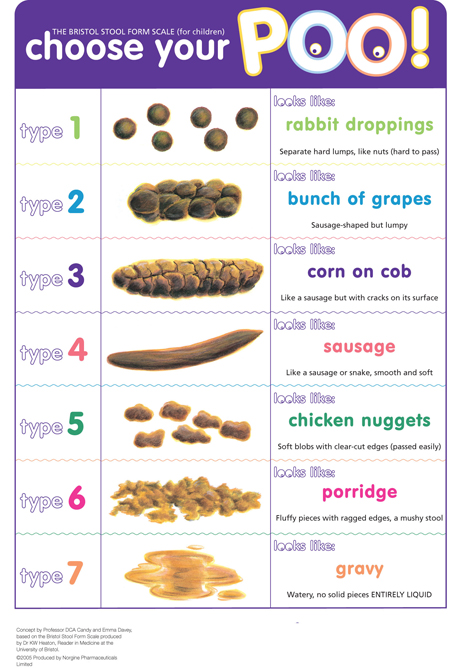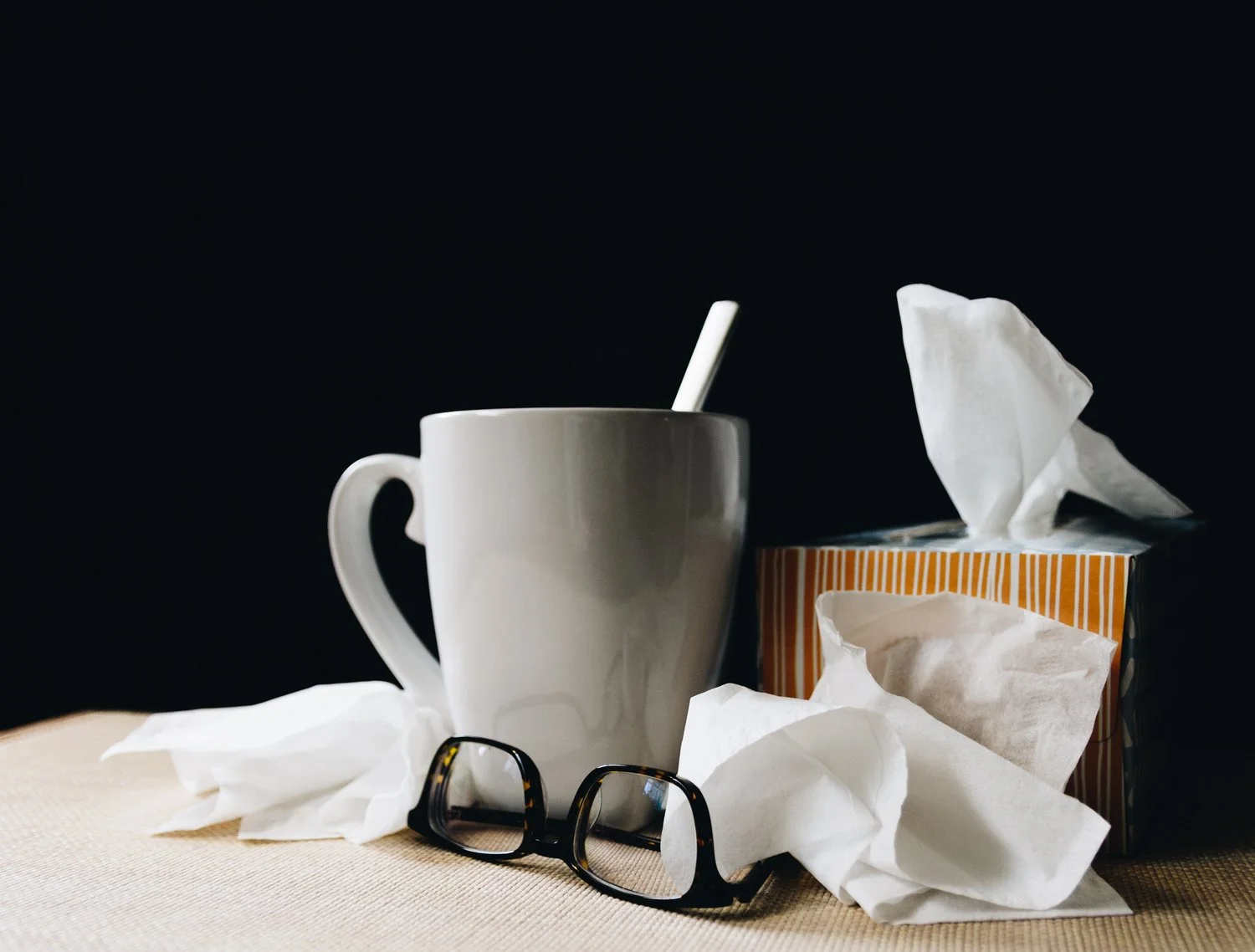Mould exposure and constipation
Moulds and Constipation – A very toxic duo!
Our stool is our toxic waste.
Our body’s waste can become more toxic when we bring in glutathione, binders and anti-fungals to assist with removing moulds and the biotoxins that moulds produce.
It is vital to promptly address any constipation to assist with the removal moulds and their biotoxins.
If constipation is not addressed, you are likely to experience increased fatigue, pain, sinus issues, foggy head and irritability.
Are you constipated?
Ideally, you should be passing a stool every day.
It should resemble a Bristol Stool Chart number 4 and you should feel you have fully evacuated your bowels.
If you are not passing a stool every day and/or your stool is Type 1, 2 or 3 on the Bristol Stool Chart, then you are constipated.
How to enema for constipation
The most immediate and effective intervention for constipation is an enema.
Enemas can be performed on adults and also on children. For children under 2 to 3 years of age, you will need to purchase a children’s enema kit.
Most pharmacies stock children’s enema kits.
Adult enema kits are often more difficult to find in pharmacies. There are many places online where you can purchase adult enema kits.
Some people are concerned that by using enemas on a daily basis, their bowel will become lazy which will compromise their ability to pass a stool without assistance in the future.
There is more to constipation, than just a ‘lazy bowel’.
The reasons for constipation are often multi-facetted, including a liver that is over-worked, a dysbiotic gut affecting bile processes and high levels of opportunistic Clostridia bacteria.
I find it fascinating that the Clostridia species produce certain compounds that cause a level of paralysis in peristalsis, resulting in constipation.
With mould toxicity, the biotoxins produced, increase the workload on the liver. A dysbiotic gut goes hand-in-hand with mould toxicity, including a high level of opportunistic Clostridia.
Once a person’s health is restored, their peristaltic action returns as it should, and a Bristol Stool Chart Number 4 is passed daily, much to their delight!
So, the ‘how to’ of a water flush enema….
STEP ONE:
Use filtered or bottled water, bring it to the boil, then cool down to body temperature.
STEP TWO:
I recommend dissolving some natural salt and bicarbonate of soda (aluminium-free) in the water. One teaspoon of each per one litre of water.
The salt will bring the mineral content of the water to a more natural balance for the human body. The bicarbonate of soda will provide an alkaline pH, which is natural for the bowel and can help to bring yeast overgrowth down.
STEP THREE:
Lubricate the enema kit nozzle well with coconut oil, jojoba oil or olive oil. You can also use the oil on the area of your anus, if needed.
STEP FOUR:
Lie down on your right side with knees brought up to the stomach region, or assume a knee and elbow position (so the exit of the bowel is higher than other parts of the bowel, allowing the water to flow in).
STEP FIVE:
Let 1 to 1.5 litres of water into the bowel slowly. Take the nozzle out (after you have clipped off the water flow) and gently massage along the line of the large intestine.
STEP SIX:
Move to sitting on the toilet, to empty the bowel.
Some people with a severe constipation and/or compacted stool, may not be able to get 1L of water into their bowel, before needing to remove the enema nozzle and pass a stool.
This water flush procedure should be repeated 2-3 times until the water starts coming out looking fairly clean, indicating the bowel is empty.
STEP SEVEN:
After that, lie on your back for a few minutes and relax. This will allow the remaining faecal masses, further up in the bowel, to move along the bowel to be expelled. This is often referred to as an ‘ileal flush’, and can be a little uncomfortable just before it passes.
The whole procedure takes a while so have a good book to read, podcast to listen to or better still, use the time for mindfulness and meditation.
Once people have mastered water flushes, coffee enemas can be considered.
This can be greatly beneficial to your liver and quickly clear a foggy head. Many years ago, one of my clients commented, ‘I have all my epiphany’s when doing a coffee enema’. We will explore coffee enemas in a future post.
If enema’s are not your thing, there are alternatives to improve bowel movements….
Dietary Changes
A low-inflammatory meat, vegetable and good fat-based diet can assist. Increasing gelatinous meats and reducing muscle meats can be beneficial.
Any dietary changes should be tailored to the individual’s circumstances, such as low oxalate, low histamine etc.
Juices
Freshly pressed juices can stimulate bile production.
Many cases of persistent constipation are due to poor bile production. When there is not enough bile, the fats in the food do not digest well. Instead they react with salts and form soap in the gut, causing constipation.
A low oxalate juice can be made with lemon or lime, cabbage, cucumber, zucchini, bok choy, pak choy, one small carrot and lettuce.
You can add MCT Oil, coconut oil or two egg yolks (if tolerated) whisked into the juice.
Magnesium Supplementation
A magnesium supplement may assist with constipation.
Some adults may need high doses of Magnesium, 800 to 1200mg per day, to move the stool. Magnesium supplementation, at a high level, should only be used in the short term.
Magnesium orotate and citrate are the two forms of magnesium that assist best in moving a stool.
Please note, in some people Magnesium Citrate supplementation is not well tolerated.
Magnesium in glycinate form should be avoided in those with oxalate issues.
Castor Oil and Abdominal Massage
How to do an abdominal massage for constipation:
Massage cold pressed castor oil liberally into your abdominal region (best after a bath when your pores are open).
Add 2 to 3 drops of fennel essential oil to the castor oil to further assist with constipation.
Place an old hand towel over your abdomen. Place a heat pack or hot water bottle on top of the towel. Rest for 20 minutes with your feet elevated, or go to bed with your feet on a pillow.
Massage along the line of the large intestine, right to left. This will assist in dislodging some mucosal plaque, which builds up over time, particularly with long-term constipation.
Castor oil packs are often very effective for young children.
Increase water intake
Drink plenty of water in between meals. A minimum of 30ml per kg of body weight per day.
Increase animal fat consumption
Consume more animal fats, if tolerated.
If you are feeling a heaviness, tiredness, lethargy or experiencing nausea after consuming fats you may need an Ox Bile supplement, or Carnitine, to assist you in absorbing and metabolising your fats.
Taking an Ox Bile supplement can mean the difference between feeling energised after a meal versus tired and lethargic.
Carnitine will increase your energy, as it assists with metabolising fats. It is important to start with a very low dose of Carnitine, just a pinch, and increase daily as tolerated. Too much Carnitine, introduced too quickly, can result in aggression. Carnitine is best avoided in the evening, as some people find it negatively impacts their sleep onset.
Opportunistic microbes
Consider stool testing for opportunistic microbes. Certain opportunistic microbes affect the production of primary bile acids and influence bile composition. This can result in fat malabsorption which, in turn, can affect stools.
Gallbladder Flush
This can assist in clearing bile ducts and allows for better flow of bile. This, in-turn, can increase absorption of fats, assisting with stools.
A Gallbladder Flush should only be done after consultation with a health care practitioner.













